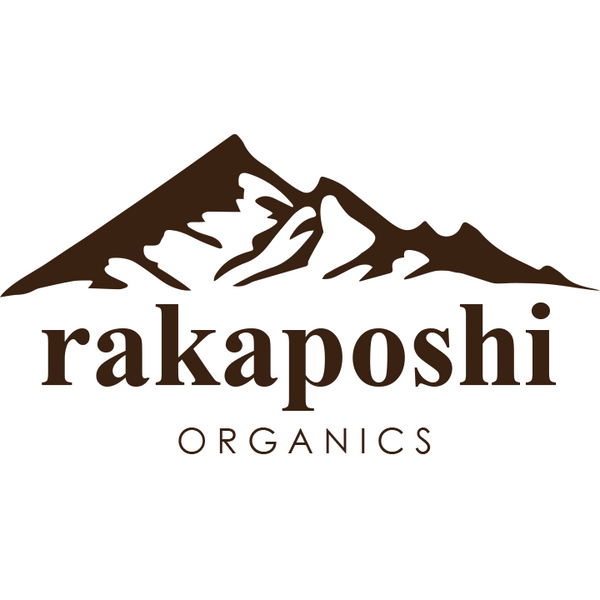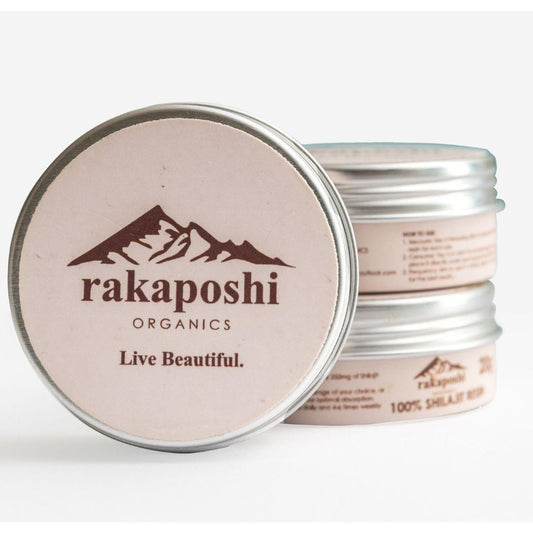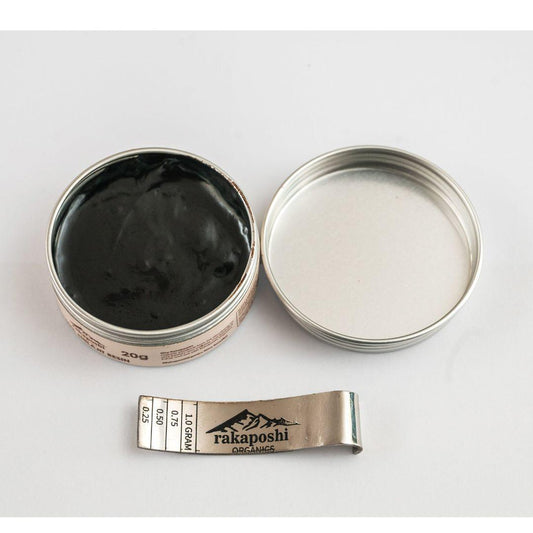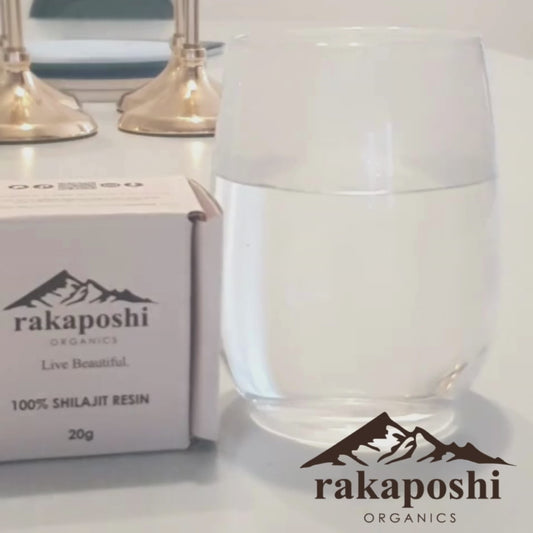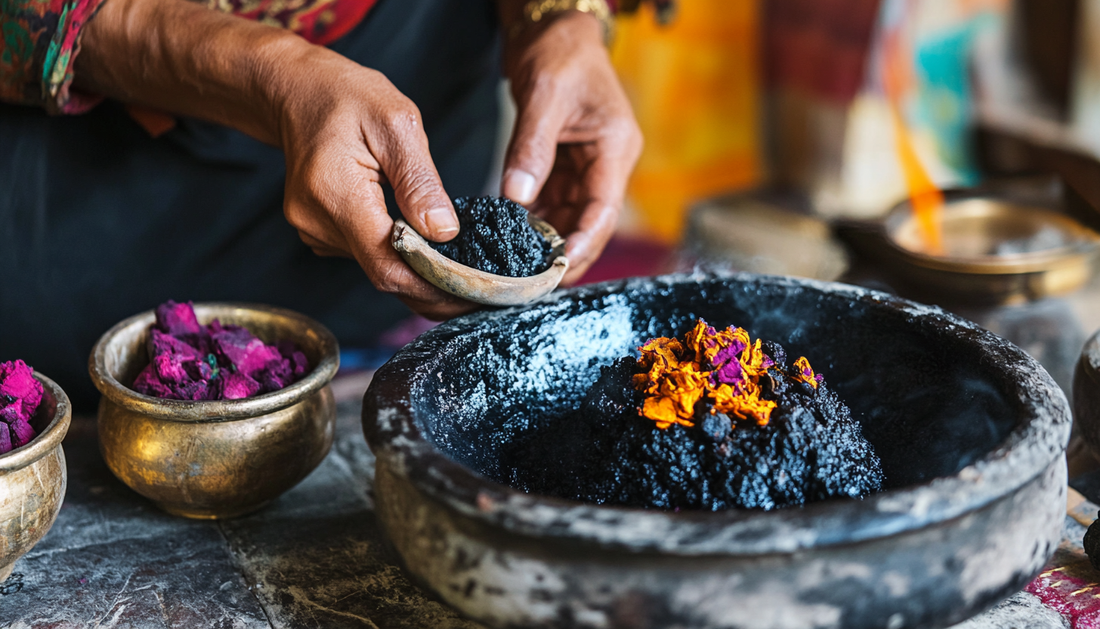
The Role of Shilajit in Himalayan Traditions: From Ancient Medicine to Modern Wellness
Share
Shilajit: A Gift from the Himalayas
Nestled within the towering peaks of the Himalayas lies a hidden treasure revered for centuries by local tribes—Shilajit. Known as the “destroyer of weakness,” this tar-like resin has been central to traditional medicine in regions like Skardu and Chitral. Today, it bridges the gap between ancient practices and modern wellness, offering profound health benefits and a link to timeless wisdom.
The Historical Significance of Shilajit
1. Ancient Origins
Shilajit’s story begins in the Himalayan mountains, where it seeps from rock crevices during warm summer months. Folklore credits its discovery to villagers who observed monkeys consuming the resin and gaining remarkable vitality. Inspired, they tried Shilajit and soon recognized its transformative effects on human health.
Ancient healers revered Shilajit as a divine gift, capable of enhancing strength, longevity, and resilience. It became a staple in Ayurvedic medicine, treating ailments ranging from fatigue to digestive disorders.
2. Cultural Reverence
In the villages of Skardu and Chitral, Shilajit is more than a remedy—it is a sacred symbol of life and vitality.
- Warriors and Elders: Traditionally consumed by warriors for endurance and by elders for strength in the harsh Himalayan climate.
- Spiritual Practices: Shamans used Shilajit in rituals, believing it to be a conduit for divine energy. It was often given to individuals embarking on spiritual quests to deepen their connection with nature.
Even today, the process of harvesting Shilajit is a sacred act, carried out with prayers and rituals to honor the spirits of the mountains.
3. Traditional Uses
Shilajit has been historically used in various ways:
- Internal Use: Dissolved in water or milk as a tonic for energy and vitality.
- Wound Healing: Applied as a paste to accelerate recovery.
- Skin Health: Used topically to protect against the harsh mountain environment.
- Spiritual Tool: Believed to enhance meditation and open the mind to higher consciousness.
Related Post: The Truth About Metabolism: Myths, Facts, and Natural Boosters
Shilajit’s Journey to Modern Wellness
1. Rediscovery in the Modern Era
As global interest in natural remedies grew, researchers in the late 20th century began studying Shilajit’s unique properties. They confirmed what Himalayan tribes had known for centuries: Shilajit is a potent natural remedy with numerous health benefits.
Today, Shilajit is a global wellness phenomenon, celebrated for its ability to:
- Enhance energy and physical performance.
- Boost immunity and support holistic health.
- Improve mental clarity and emotional balance.
2. Modern Applications
Shilajit has found a place in modern wellness through various applications:
- Dietary Supplements: Supports energy, metabolism, and endurance.
- Athletic Performance: Used by athletes to enhance recovery and stamina.
- Skincare: Antioxidant-rich Shilajit protects against aging and promotes glowing skin.
Related Post: Rediscovering Radiance: Unveil Clear Complexion and Glowing Skin
The Science Behind Shilajit: Ancient Wisdom Validated by Modern Research
1. Nutrient-Rich Composition
Shilajit contains over 85 essential minerals, fulvic acid, and bioactive compounds that support health at the cellular level. Fulvic acid enhances nutrient absorption, making Shilajit a powerhouse for overall wellness.
2. Detoxification and Immune Support
Shilajit aids the body’s natural detox processes while supporting immune function, helping to combat fatigue and chronic stress.
3. Energy and Cognitive Benefits
Research confirms Shilajit’s role in improving mitochondrial function, boosting energy production, and enhancing mental clarity.
Related Post: Reclaim Your Strength: How Shilajit Boosts Testosterone and Health
Incorporating Shilajit into Modern Wellness Routines
1. Daily Use
Shilajit is versatile and easy to incorporate into daily life:
- Tonic: Dissolve in warm water or milk for a nutrient-rich boost.
- Supplement: Available in capsules or powders for convenience.
- Topical Application: Use in skincare routines for antioxidant protection.
2. Ethical Sourcing Matters
When choosing Shilajit, prioritize ethical and sustainable sources. Brands like Rakaposhi Organics ensure that Shilajit is harvested responsibly, preserving its cultural and environmental heritage.
3. Connecting with Tradition
Using Shilajit isn’t just about health—it’s about embracing a legacy of wisdom. Incorporating it into your wellness routine allows you to connect with an ancient tradition that values the synergy between humans and nature.
Related Post: Harmony From Within: Understanding the Cycles That Shape Our Daily Lives
A Bridge Between Past and Present
Shilajit is more than a health supplement—it’s a testament to the enduring power of ancient wisdom in modern wellness. By incorporating Shilajit into your daily routine, you honor a tradition that has been cherished for centuries while reaping the benefits of its proven health-enhancing properties.
Whether for energy, vitality, or holistic well-being, Shilajit offers a timeless solution for today’s fast-paced world. Embrace its legacy and let it guide you toward a healthier, more balanced life.
Discover Rakaposhi Organics’ premium Himalayan Shilajit here and experience the fusion of ancient wisdom and modern wellness.
